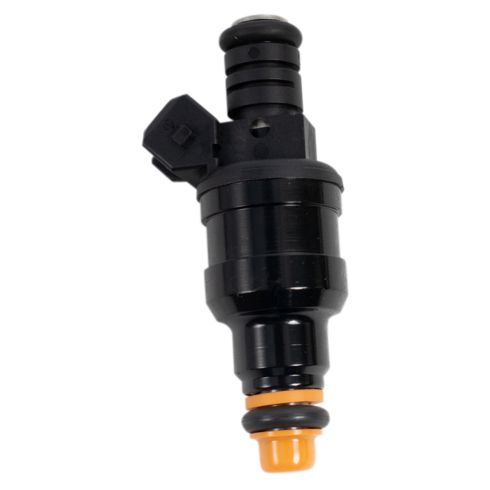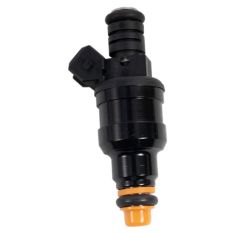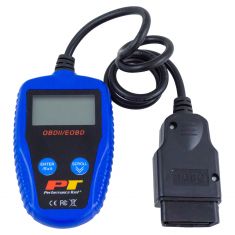1AFIN00075-Ford Lincoln Mercury Fuel Injector TRQ FIA60319

Replaces
1997 Ford F350 Truck V8 5.8L Fuel Injector TRQ FIA60319

Frequently bought together
Product Reviews
Loading reviews
There are no reviews for this item.
Customer Q&A
No questions have been asked about this item.
Ford is a registered trademark of Ford Motor Company. 1A Auto is not affiliated with or sponsored by Ford or Ford Motor Company.
See all trademarks.









